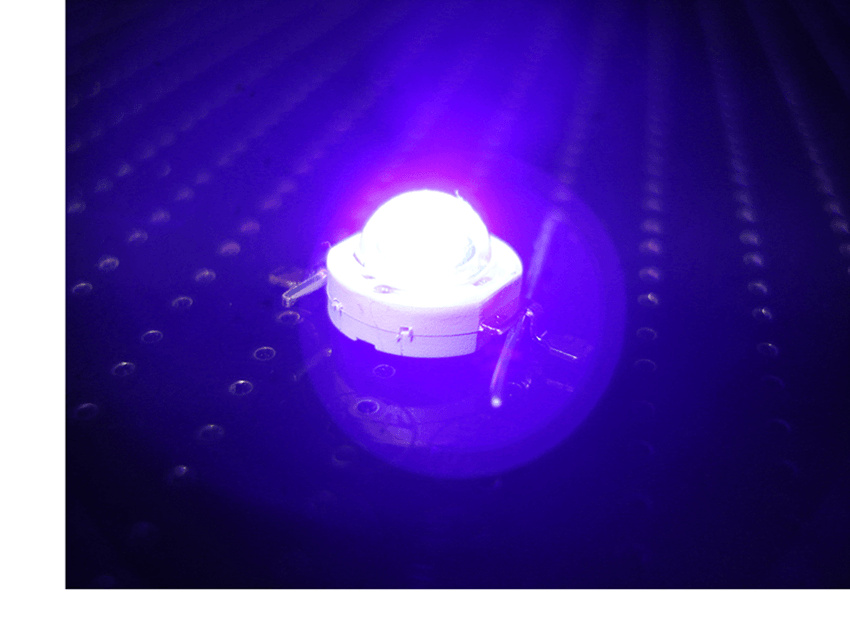Posted on January 23, 2021
The Future of Energy-Efficient Lighting
LED Lighting is among the most well-known kinds of residential and industrial lighting on the marketplace these days. It has several benefits related to it, which leads to its growing prevalence. When compared with the traditional incandescent light, LED lighting is much brighter, as well as the LED bulbs utilized have a longer lifetime.
LED lighting can be an environmentally-friendly kind of light since it emits less quantity of carbon-dioxide than conventional bulb light. You can also hop over to this website to know more about LED Light.

Image Source: Google
LED lighting has been increasingly preferred for many different uses, including house lighting, office lighting, automobile lighting, landscape lighting, and general public security lighting. The LED technology has been increasingly utilized in flashlights, lanterns, headlamps, and publication lights.
LED is an abbreviation for Light Emitting Diode, and it is a semiconductor that converts electricity into light. LED lights do not demand a filament as standard bulbs do to create light. LED lights have diodes because of their sources of electricity.
These diodes are well-protected by plastic bulbs that contain them. LED lights function on electricity created by the movement of electrons and then emit light. Regardless of their smallness in size, LED lights work wonders if used in conjunction, with high-intensity programs.
LED lights can be found in a variety of efficiencies. LED lighting for residential functions is approximately 20 lumens/ watt. However, with the newest progress, LED lights with abilities as far as 160 lumens/ watt are also being developed. It's not unpleasant; they exude soft lights.
